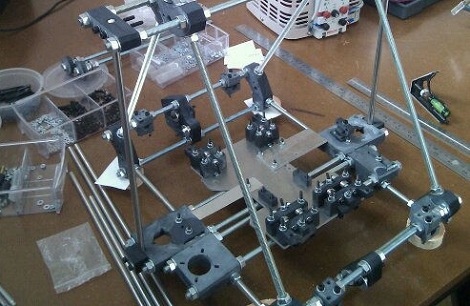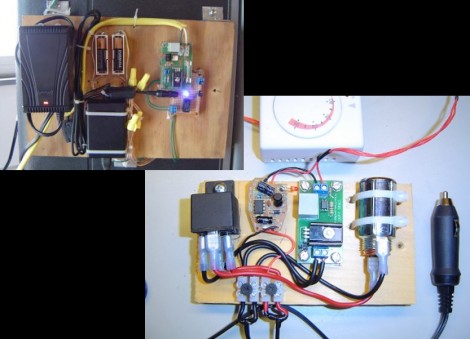
[Andrea] built a seismic wave detector that warns of a possible impending earthquake. Because P waves travel much faster than the “make everything shake” S waves, building a device that detects P waves serves as an early warning system that alerts building occupants to go under a door frame. [Andrea]’s build detects these fast-moving P waves and only took an hour to make.
Last August, those of us on the east coast of the US had to live through Quakepocalypse, a magnitude 5.9 earthquake centered around Middle of Nowhere, Virginia. For those of us who have decided to stay, rebuild, and put our garden chairs upright again (so brave…), [Andrea]’s build could have been very useful.
The mechanics of the build is very simple: a pair of springs and levers are electrically wired together so that whenever there’s a sudden shock, a buzzer goes off. It’s very similar to an ancient Chinese earthquake detector that detects P waves by dropping a ball into a frog’s mouth.
While we’re not sure if a few of [Andrea]’s devices would be needed to detect P waves coming in off-axis, the build is simple enough to build dozens of them. Check out the video of the build in action after the break here.
















